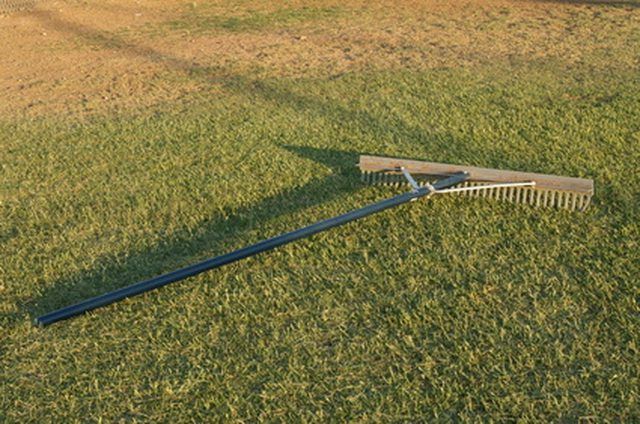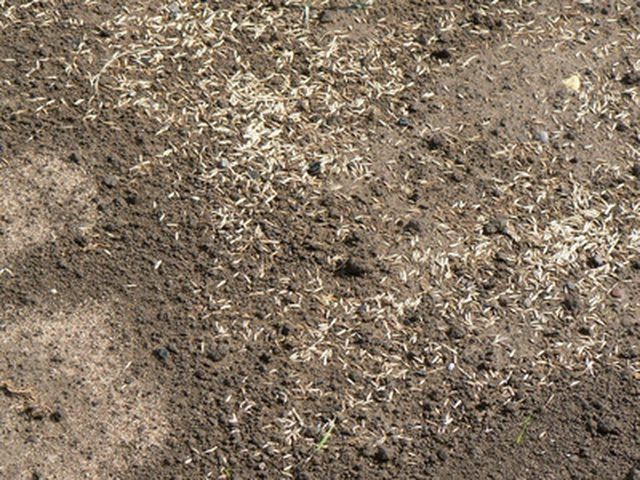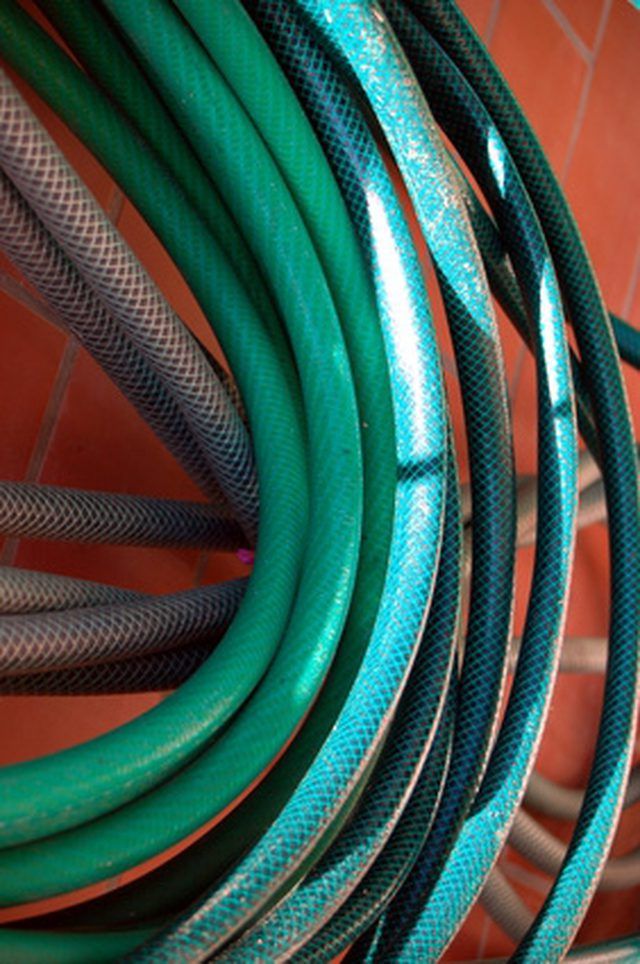Bulbs
Flower Basics
Flower Beds & Specialty Gardens
Flower Garden
Garden Furniture
Garden Gnomes
Garden Seeds
Garden Sheds
Garden Statues
Garden Tools & Supplies
Gardening Basics
Green & Organic
Groundcovers & Vines
Growing Annuals
Growing Basil
Growing Beans
Growing Berries
Growing Blueberries
Growing Cactus
Growing Corn
Growing Cotton
Growing Edibles
Growing Flowers
Growing Garlic
Growing Grapes
Growing Grass
Growing Herbs
Growing Jasmine
Growing Mint
Growing Mushrooms
Orchids
Growing Peanuts
Growing Perennials
Growing Plants
Growing Rosemary
Growing Roses
Growing Strawberries
Growing Sunflowers
Growing Thyme
Growing Tomatoes
Growing Tulips
Growing Vegetables
Herb Basics
Herb Garden
Indoor Growing
Landscaping Basics
Landscaping Patios
Landscaping Plants
Landscaping Shrubs
Landscaping Trees
Landscaping Walks & Pathways
Lawn Basics
Lawn Maintenance
Lawn Mowers
Lawn Ornaments
Lawn Planting
Lawn Tools
Outdoor Growing
Overall Landscape Planning
Pests, Weeds & Problems
Plant Basics
Rock Garden
Rose Garden
Shrubs
Soil
Specialty Gardens
Trees
Vegetable Garden
Yard Maintenance
How to Fix a Patchy Lawn
How to Fix a Patchy Lawn. Growing grass when it doesn't want to grow seems like an impossible task and a fight against nature. Weeds, parasitic and insect invasions, beloved pets and poor soil are just a few of the reasons for ugly, patchy lawns. The first step to repairing an unsightly lawn is identification or diagnosis of the problem....

Growing grass when it doesn't want to grow seems like an impossible task and a fight against nature. Weeds, parasitic and insect invasions, beloved pets and poor soil are just a few of the reasons for ugly, patchy lawns. The first step to repairing an unsightly lawn is identification or diagnosis of the problem. Eliminate weeds and parasites, train your dog to use an out-of-the-way spot and add nutrients to your soil to get a head start on a beautiful lawn.
Things You'll Need
Rake
Aerator
Fertilizer or compost
Peat moss
Grass seed
Garden hose or sprinkler system
Rake the area to be reseeded in a manner that loosens the top soil to a depth of about two inches. Reseeding is the least expensive and most easily achieved method of reviving your grass.

Aerate the area. This is done either by hand using a special tool with hollow tines, or with an aerator. Aeration opens the soil, feeding the grass roots the essential oxygen and nutrients for good growth.
Top-dress the area. A top-dressing is a mix of fertilizer, or compost and peat moss applied at roughly a quarter-inch thickness. You can also mix in the plugs from the aeration. Smooth and level this application with a rake. Ideally, a lawn benefits from a quality top-dress twice a year.
Seed the area using a grass mix appropriate for your needs and location. For instance, if your pet is causing the problem, choose a rye-grass or Fescue mix that is more resistant to urine. In a heavily traveled area, choose Bermuda or Bluegrass for best results. These latter two also do well in a warm Southern climate, while Bluegrass and Fescue fare well to the North.

Firm and water liberally until your seed germinates. Germination times are listed on the seed packaging. Once sprouting occurs, water for greater lengths of time less often. A seed must stay moist in order to survive.

Tips & Warnings
Installing a sprinkler system on timer minimizes the time spent watering your new grass.
Be cautious of over-fertilizing, or using fertilizers too high in nitrogen, as this results in burned patches.
Stay off the new grass until it's well-established. Walking on it, or cutting before it's three to four inches in height will damage or kill it.